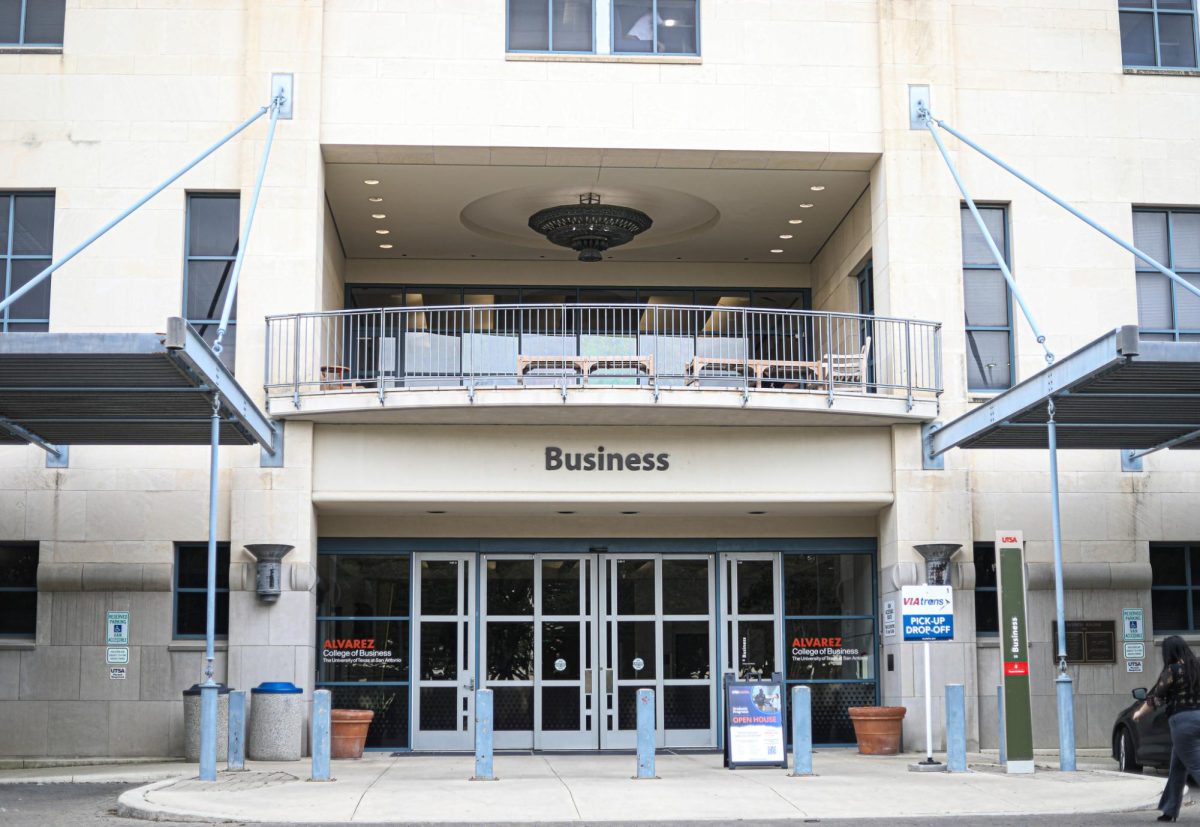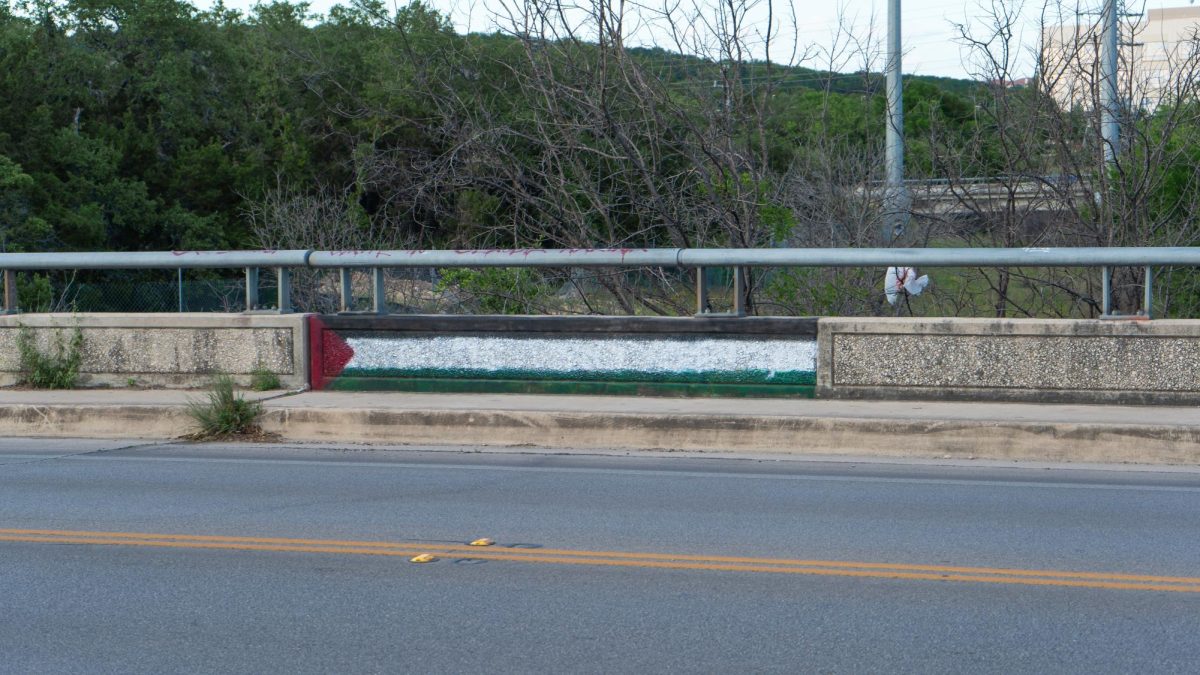During the 2014-2015 school year, 52 percent of UTSA freshmen financed their tuition and fees expenses with some form of student loan. The cumulative amount of money loaned out to those freshmen totalled $15,208,979. This means that 2,554 out of the 4,949 freshmen who entered UTSA that year will have to worry, in some form or another, about the obligation to repay student debt. 2016 freshman and pre-nursing major Taylor Jones said,
“It’s hard to get into nursing school, me knowing that I have to pay back money,” she said. “I’m just hoping I can start my career to be able to pay it off.”
In 2016, outstanding student debt ballooned to a record-breaking national total of 1.3 trillion dollars divided among 43 million students. At the same time, default rates and trends of loan payment delinquency continued to increase.
The Department of Education began tracking “cohort defaults” in 2009 and retroactively found that from 2007 to 2011 the trend of defaults increased on average across all loan types, public and private, from 6.7 percent to 10 percent. The most recent data does not break with the trend of defaults on student loans. In 2015, the New York Federal Reserve issued a report on household debt and credit which indicated that the current percentage of delinquency is 11.6 percent.
It’s against this backdrop that Democrat Wisconsin senator Tammy Baldwin introduced the In The Red (Reducing Education Debt) Act of 2016 (Senate Bill S.2677). This legislation would allow students with outstanding loans to refinance them at lower interest rates and would increase the value and awarding of Pell grants, as well as provide incentives to states to make two years of community college free for financially strapped students.
The U.S. Department of Education estimates that for each of these students, the passage of the RED Act would mean $1,896 in savings—a total of 24.2 million for the 40 million indebted students nationwide.
Many UTSA students understand the same need for student debt relief. “I saw my mom struggle,” said freshman communications major Rebecca Hernandez in explaining her plan to become an attorney.
“She was a single mom. It was hard, and I knew I wanted to be in something that would help her and me. I don’t want to have my children under the same struggle that I went through.”
Senator Baldwin strives to alleviate the difficulties spoken about in stories like Hernandez’s. “We need to get to the issue of the cost of college and higher education,” said Senator Baldwin. “(The RED Act) would go a long way in at least helping people believe higher education is a possibility at a time when too many young people see others deeply in debt and say, ‘It’s not for me.’” Whether the RED Act will pass congress depends on Democrats convincing Republicans in the Senate of the legislation’s merits. As of right now, the bill only has partisan support exclusively among Democrats.
Although the In The Red Act of 2016 hasn’t been voted on yet, a previous version of the student loan refinancing legislation was voted on in 2015, and Texas Senators John Cornyn and Ted Cruz voted against it. In 2014, In The Red Act cosponser Senator Elizabeth Warren asked for unanimous consent to vote on the bill, Senator Cornyn was the one to object to the vote, effectively shutting down any chance the bill might have had for passage at that time.
Now in 2016, the In the Red Act is in committee, and Senator Baldwin is fighting for the legislation again. “I will continue my focus on this issue and make it a top priority of mine because higher education should be a path to the middle class, not a path to indebtedness,” she said. After learning about the In The Red Act, Hernandez agrees with Baldwin that if the interest rate were to go down, people might have the incentive to go to school and it “won’t be so bad in the end.”
The In the Red Act is currently being examined by senators in the Committee on Finance. To stay up-to-date on the bill’s progress, follow #IntheRED on social media.












